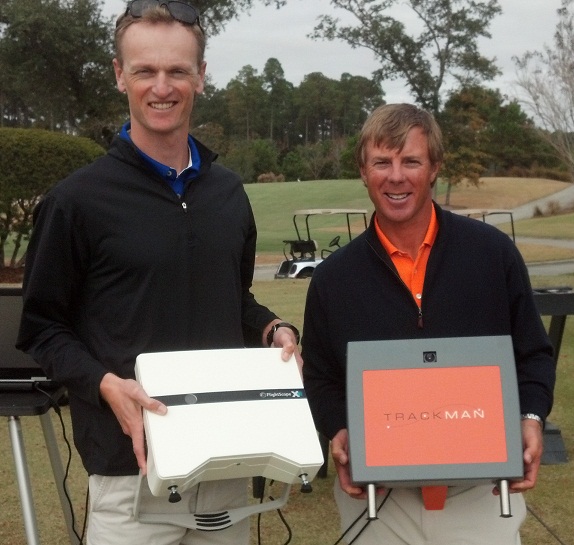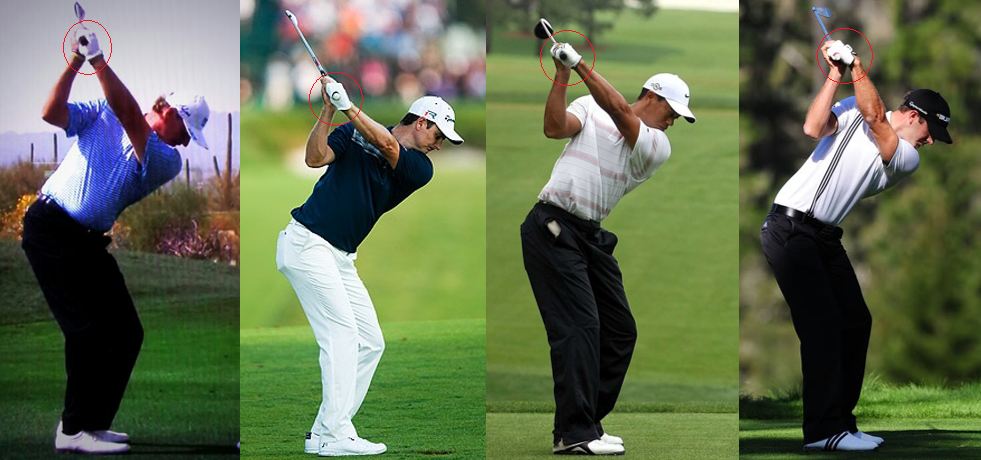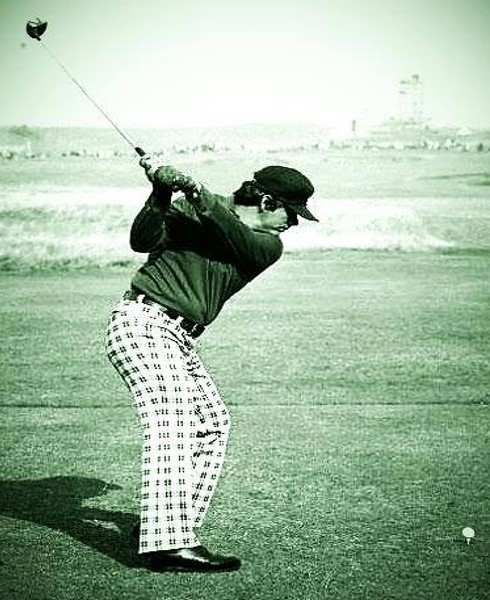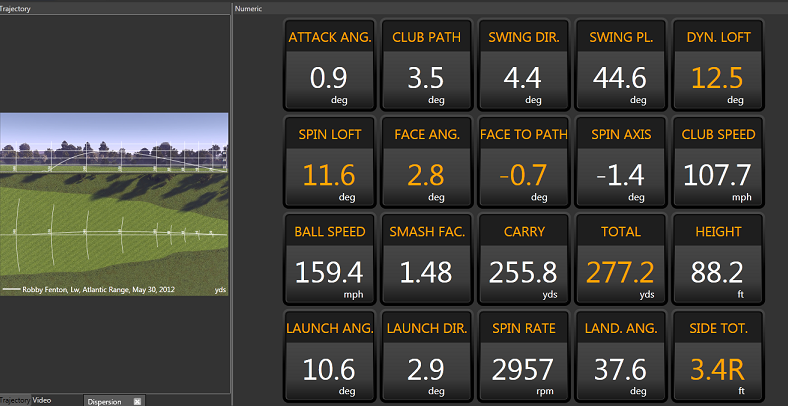 My good friends Tim and Simon Cooke from GolfPrep on Hilton Head Island recently brought their new Flightscope X2 out to Berkeley Hall. Our objective was to learn more about the numbers that TrackMan and Flightscope are putting out and we wanted to get a sense of how well one machine performed relative to the other.
My good friends Tim and Simon Cooke from GolfPrep on Hilton Head Island recently brought their new Flightscope X2 out to Berkeley Hall. Our objective was to learn more about the numbers that TrackMan and Flightscope are putting out and we wanted to get a sense of how well one machine performed relative to the other.
I have pondered the best way in which to convey my findings and have finally committed to just simply jotting down my thoughts. My intent is certainly not to create controversy or confrontation - these are simply my own honest impressions from the day. Please also keep in mind that I am a TrackMan owner and supporter and no matter how I attempt to remove my bias I doubt whether I am able to remove all of it...
- Prior to the test I had been having trouble with my TM unit giving unusual spin numbers every 30-40 shots, something it had never done before. As a result I had contacted TM support and was informed that I more than likely had a bad USB cable. I was also informed that the classic indicator of a bad cable would be a "double" or "half" spin. Sure enough during the test TM gave out three spin numbers from the 60 shots we hit that were right around double what the FS reported. I have since replaced the cable and have yet to see a spin rate that seems odd.
- As you peruse the following thoughts keep in mind that good players , which all three of the test subjects were, are very good at controlling the direction the clubhead travels (angle of attack and club path) from shot to shot. The direction may not be ideal, but better players are consistent with clubhead direction. That means that dramatic changes in either of those categories, along with sizable changes from shot to shot in club speed, were going to draw my attention and raise a red flag.
- Since running the tests I have spoken to many "in the biz" people about radar interference. It was mentioned that the machines, when set up side by side as we had them, will occasionally give corrupted data due to the influence of the outside radar. I have not run enough tests to ascertain if this is or is not the case, but during the testing the FS seemed to give a few numbers that were incorrect and this could be due to the TM being directly alongside the unit. The TM did not do anything different to what it normally does as it seemed to be unaffected by the additional radar.
- If a shot off turf has a decent size divot TM will only provide ball data and no club data, whereas FS reported both ball and club data for just about every shot hit off the ground. On the occasions that FS reported club data and TM did not the numbers did not look correct - meaning the attack angle and/or club path seemed to be too far from what the subject would normally generate. We hit numerous 50 yard pitch shots and TM did not offer any club data while FS reported for most of these shots. The problem was that the club path was said to be almost 15 degrees from in to out along with a spin rate of 14,000 rpm - just not happening! I actually preferred that TM did not provide club data as I would rather have no information than have to explain away improper information. That being said I would love a radar that provided correct club data on all shots.
- With both units unplugged and PC's powered down the TM (2:05) was aligned and ready to roll in about half the time of the FS (4:16). I was told that with an iPad the FS can be aligned and operational in far less time.
- We noticed that both machines reported different Swing Plane numbers when they were moved (flipped positions) relative to the same golfer. I have tested this before and the changes in data are due to the hardware in the TM II. Each machine appeared to provide better data when the golfer is hitting shots aligned with the center of the unit - something that was not possible when running two machines.
- We tested the ability of each unit to report gear effect, by logging the point of contact on certain drives and then comparing each units Face to Path and Spin Axis numbers. The TM reported gear effect as I would have anticipated and most of the time FS reported along similar lines. However the first shot we examined, a big heel hit, was actually reported by FS as being a slight toe side hit. TM reported a Face to Path of -9.3 and a Spin Axis of -5.4 while FS reported a Face to Path of -2.2 and a Spin Axis of -11.0
- I was amazed at how closely aligned the Spin Rate numbers were for each machine. Unless there were dramatic differences the spin rates were almost always within 100 rpm's.
- There seemed to be quite a few instances during the testing where the attack angles were not even in the same ball park. I had nothing to help me determine which machine was correct, other than the aforementioned fact that better players tend to be very consistent, and all too often it was FS reporting wide ranges of variation from the player.
Keep in mind that my intent is merely to report what I observed and not to offend anybody or any entity. I could tell that Tim and Simon were a little concerned with the results and they went home and performed additional tests. I am happy to report that the FS performed much better without the influence of additional radar and when shots are hit from the center of the unit. Tim's follow up comment to me was:
I believe that side by side testing, although seeming to be a good idea, does not work. Clearly there was some radar interference at work as the inconsistent numbers were not reproduced in stand alone tests. Maybe the only way you can really compare the units is with extreme high speed cameras with the units working independently of one another.
I would have to agree with Tim's sentiments and I have started to make plans to have each unit test the same golfer on the same day, but without the potential interference of outside radar.
You know I'll report back on that one....











